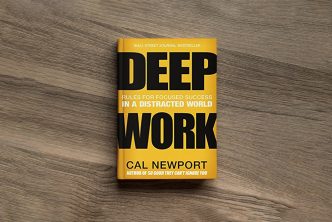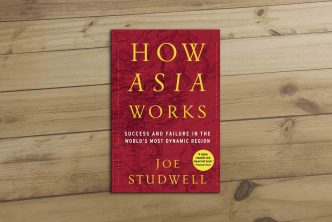Escape 9–5, Live Anywhere and Join the New Rich
By Aisi Atiti
REVIEW: The 4-Hour Workweek: Escape 9–5, Live Anywhere, and Join the New Rich by Tim Ferriss. Crown Publishing Group (April 2007). Length: 308 pages.
The 4-Hour Workweek, a book by Tim Ferriss, follows a twenty-first-century worker/business owner’s life and challenges. Being a true story about Tim Ferriss himself, the book addresses the issues faced by business owners, most importantly, time management and the monitoring of social and general wellbeing.
Tim Ferriss explains the pervasive situation of people working so much that they have little or no time to spend on themselves or on the things they enjoy, and in general live life, as was his case. Most times, it is often seen or heard how workers worked so hard that it begins to affect them medically, and at the end of the day, they end up being unable to do the things for which they had been working so hard.
Tim, discovering that time was passing him by and needing to escape living a life categorized as “underachieved,” decided to create a smart lifestyle that would help him “live” while being productive. He called this new lifestyle ‘The 4-Hour Workweek’.
Tim’s blueprint to freedom involved the reduction of his daily work hours. Doing this required that he outsourced roles, monitored important information, and created enough time to travel, have fun, and be relaxed, all in a way that ensured that the workflow was not broken and productivity not sacrificed. In this book, as applied in his lifestyle, Tim chooses a simple formula based on the acronym: DEAL. (Definition, Elimination, Automation, Liberation).
‘Definition’ requires asking oneself pertinent questions about one’s short term goals and plans. These questions help determine what is of utmost importance and identify what is needed to achieve these things that are often not as expensive as thought.
‘Elimination’ proposes ideas for the effective and efficient management of one’s time. Tim proposes several ideas to employ to achieve this. Ideas like making one’s to-do list for the next day before the end of the current day and going on a one-week media fast are pertinent habits to incorporate in today’s work environment. As remote work and the barge of online media overwhelm and distort one’s perception of time, adopting new habits, the ones Ferriss proposes, could be the quickest way to increasing productivity.
‘Automation’ requires entrepreneurial acumen to startup or found a business capable of being automatable, allowing one to retire. While Tim’s ideas on automation come from the right place, they seem quite difficult to achieve when lacking the infrastructure to do so. ‘Liberation’ proposes options for full-time workers to obtain adequate time to pursue their dreams by adopting a remote work experience combined with time management skills and passive entrepreneurial income.
Apart from making Tim’s life easier, the book has since the year of its publication served as a guide to workers all over the world, providing ideas that can be employed to ensure a convenient working schedule. This book boldly points to how vital it is for people to work in an environment that understands and encourages working smart in a way that creates time to be spent on personal lives, dreams, and achievements.
Tim creates a scenario where a 4-hour workweek does not sound like a socialist utopia but instead feels like a possibility for the reader.







